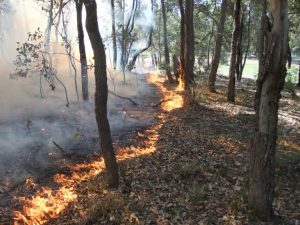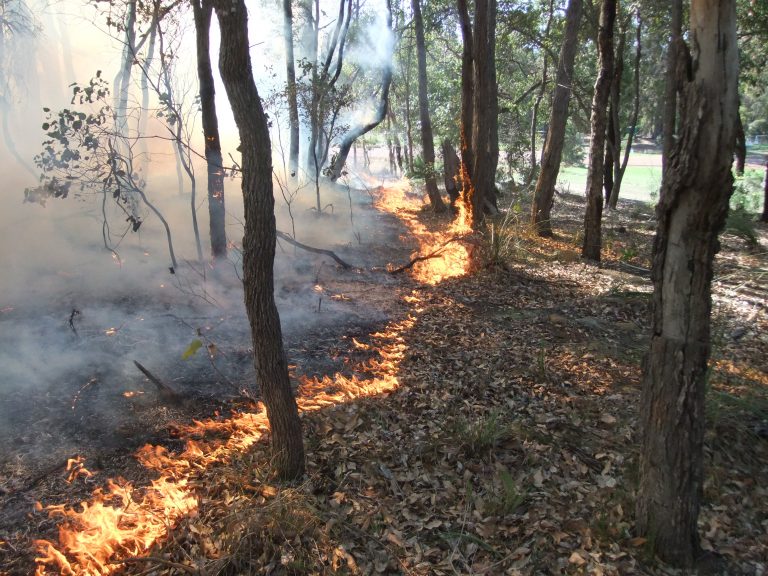By Alan Hewett
We are well into autumn and the period when prescribed or hazard reduction burning takes place. This entails the deliberate lighting of fires under controlled conditions to reduce leaf litter, grasses and bark. The purpose is to reduce excess fuel to mitigate the danger of severe bush fires.
After the Black Summer bushfires and indeed after every bad bush fire, there is the claim that insufficient reduction burning is the underlying cause fires are so destructive. If only it were true that increased prescribed burning was the panacea to prevent bush fires.
The window for prescribed burning is shortening. The conditions are either too dry, wet or windy. Urging fire authorities to burn in dry seasons increases the danger of fires escaping containment lines and causing significant damage. There is also the increased health risk to the general population from smoke inhalation.
We have to accept that climatic conditions have changed dramatically with global warming. As our weather becomes hotter and droughts more frequent the effectiveness of prescribed burns lessens. They simply cannot reduce the intensity of fire.
Fuel reduction is still necessary for asset protection, but it is in areas that are far from property, particularly in national parks that the role of prescribed burning has become controversial.
When conducting these burns there has to be consideration for the effects on native vegetation and animals. Many species co-exist in complex relationships that can be destroyed by fire.
There are arguments that forests need to recover their original state as they are capable of becoming less fire prone through natural resistance. Allowing the forest canopy to expand can prevent shrubby undergrowth developing which feeds bush fires. As well, the forest retains moisture and is cooler.
Since European settlement we have drastically changed the landscape. Land clearing and degradation, native animal extinction, introduction of exotic weeds have contributed to the increased danger of fire.
Our primary aim in prescribed burning is to protect people and assets. But the Black Summer fires saw 3 billion animals killed and 24 million hectares destroyed. Prescribed burns did little to mitigate those fires. Fuel loads made little difference to how the fires burn. We have to adopt a range of measures to combat the danger of fires, forest resilience has to be one of them.


